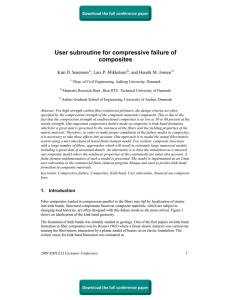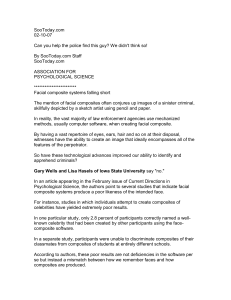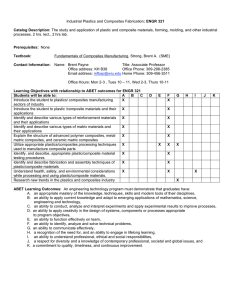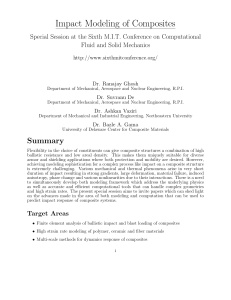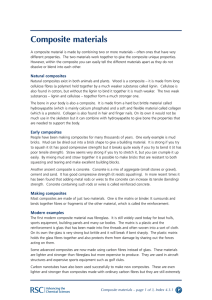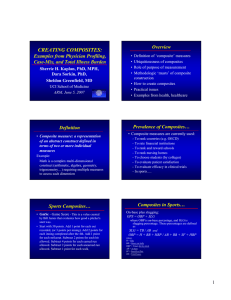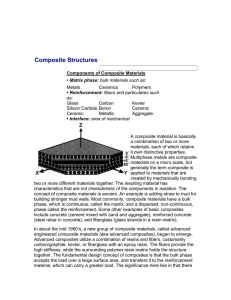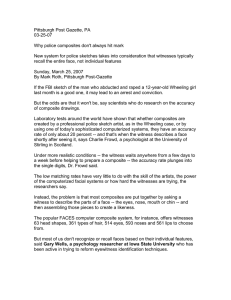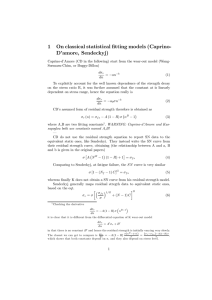Des Moines Register 09-21-06 ISU 'morphing' study winner of national prize
advertisement
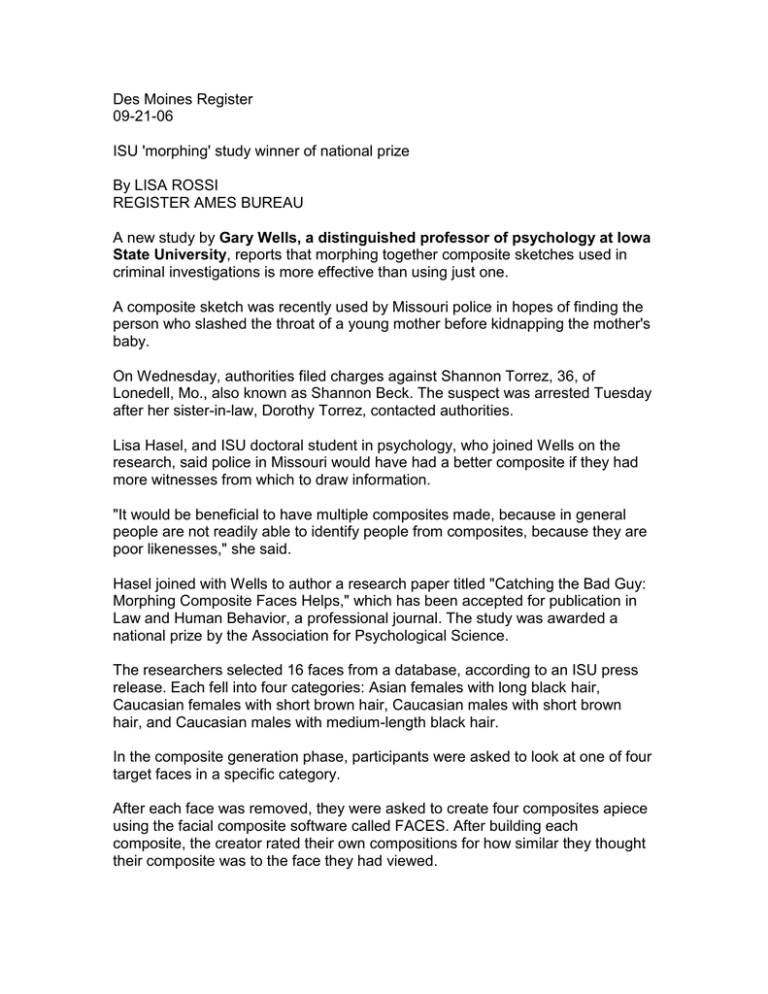
Des Moines Register 09-21-06 ISU 'morphing' study winner of national prize By LISA ROSSI REGISTER AMES BUREAU A new study by Gary Wells, a distinguished professor of psychology at Iowa State University, reports that morphing together composite sketches used in criminal investigations is more effective than using just one. A composite sketch was recently used by Missouri police in hopes of finding the person who slashed the throat of a young mother before kidnapping the mother's baby. On Wednesday, authorities filed charges against Shannon Torrez, 36, of Lonedell, Mo., also known as Shannon Beck. The suspect was arrested Tuesday after her sister-in-law, Dorothy Torrez, contacted authorities. Lisa Hasel, and ISU doctoral student in psychology, who joined Wells on the research, said police in Missouri would have had a better composite if they had more witnesses from which to draw information. "It would be beneficial to have multiple composites made, because in general people are not readily able to identify people from composites, because they are poor likenesses," she said. Hasel joined with Wells to author a research paper titled "Catching the Bad Guy: Morphing Composite Faces Helps," which has been accepted for publication in Law and Human Behavior, a professional journal. The study was awarded a national prize by the Association for Psychological Science. The researchers selected 16 faces from a database, according to an ISU press release. Each fell into four categories: Asian females with long black hair, Caucasian females with short brown hair, Caucasian males with short brown hair, and Caucasian males with medium-length black hair. In the composite generation phase, participants were asked to look at one of four target faces in a specific category. After each face was removed, they were asked to create four composites apiece using the facial composite software called FACES. After building each composite, the creator rated their own compositions for how similar they thought their composite was to the face they had viewed. The composites were then morphed by an experimenter - resulting in 64 composites and 16 morphed composites. The Associate Press contributed to this report.


